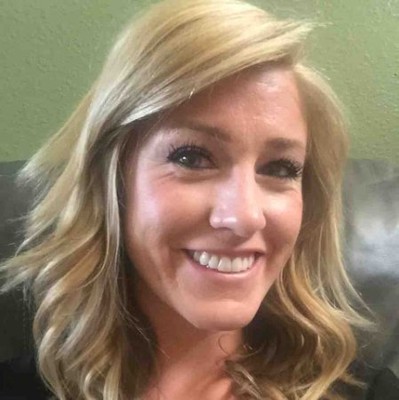
Webinar Highlights
Our panelists Todd Wyatt (Scott & Associates), Doffie Howard (FBCS), Cynthia Kolich (OnDeck), and Mike Gibb from AccountsRecovery.net discussed the importance of data analytics in the receivables management industry.
Benefits of BI for Collection Operations
BI can help you paint a bigger picture of your organization. By visualizing important metrics such as the number of accounts placed on a year-on-year, quarter-on-quarter, and month-on-month basis, (or the number of calls or letters sent to consumers monthly, quarterly, and yearly) you can get a clear view of your whole collection funnel. By mining data from important sources, you can also draw “cause and effect” for almost all scenarios. Therefore, BI can help you trace back the root cause of low client confidence, reduced revenue, and your inability to prioritize and identify KPIs that matter the most.
Getting Started with BI
Don’t be overwhelmed by the idea of implementing a BI solution in your business. Start with baby steps. BI has the power to let you create hundreds of data dashboards and modify them as per your unique business model. Start with a few dashboards and see wherever data takes you. Before you implement the solution in your business, take your service provider’s help to standardize your qualitative values and put these categorical values into a regression model or neural network. Other than internal data (such as agent performance data imported from the speech platform), list down data points to be reviewed from the scrub vendor, payroll vendor, email vendor, and text vendor as well as your internal source. Setting the baseline for each data point is also important.
Making Ongoing Improvements Along The Way
Remember – sometimes BI tools can humble you and enlighten you on the information you didn’t know. So, keep an open mind and challenge the information you see on the dashboard. If something sticks out and doesn’t make sense to you, go back to your data sources, and validate/revalidate them. Identify nonconformities and take corrective actions. Make sure you also understand the relationship between all the data points you are plotting via your BI platform. Understanding the interplay of data is essential for you to find the root cause of a certain trend. Slowly make BI part of your work culture. This can be achieved by giving everyone (from compliance officer, supervisor, and QA analyst to IT person) in your organization their dashboards.











